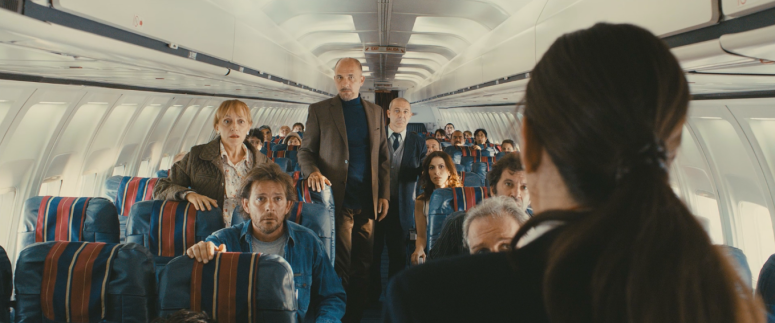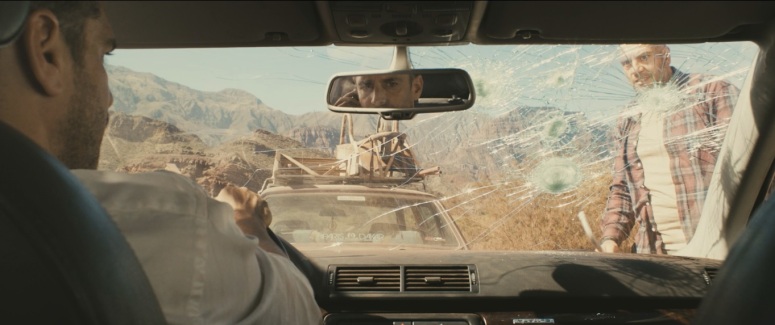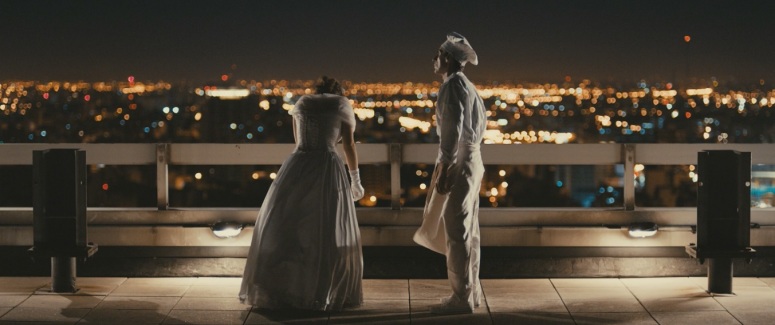Wild Tales (Relatos Salvajes) – Damián Szifron (2014)
Like many of the other films I’ve watched for this blog, Wild Tales hasn’t exactly given me a clear picture of it’s country’s culture or history, but rather given me the opportunity to see one of its most acclaimed (it was nominated in the 2014 oscars) and praised films of recent years – one that, like Mommy, has been sitting on my watch list for the past 3 years. I think I held back from watching this because I got the impression, from reviews and posters, that it was going to be scary since the word ‘horror’ is often thrown around in descriptions and I really can not cope with horror films. Now, after watching it I can understand the use of the word horror, but not in the sense I imagined, it is more brilliant, immersive horror than scary horror, the type that you can embrace.
Pasternak

The first story, known as ‘Pasternak’, follows a woman boarding a plane with a ticket that was bought for her by an unknown source for a modelling job. On the plane, she speaks to another passenger (who I recognised from Almodovar’s work, before realising he was a producer) about her ex-boyfriend, only to realise the passenger also knew him. As they converse, other passengers on the plane overhear, interjecting that they also know him. They shortly realise that everybody on the plane has wronged this man, who is flying the plane, in some way, and are now trapped. I felt this story was the perfect one to open the film, each person stands suddenly and reveals how they knew Pasternak, in the most melodramatic way with sudden zooms and soaring music. Although dark and dramatic, it is undeniably comedic and an excellent, immersing opening.
El más fuerte

Another one of my favourites is the third of the six stories, which shows two men driving through deserted mountain roads, when one car begins swerving in front of the other. He then proceeds to curse at him (see featured picture) and drive away. The two continue to torment each other in what can only be described as pure, revenge filled rage. It starts out with a definite Nocturnal Animals feel, (although technically Nocturnal Animals has a Wild Tales feel, since it was 2016) with the unpredictable enraged driver in a deserted setting.
The best part of the film however, was of course the finale, Hasta que la muerte nos separe (until death do us part), the story of a woman who, on her wedding day, discovers that her new husband has been having an affair, and the range of emotions that follow.
It is an explosive ending, depicting heartbreak, sadness, rage, revenge, violence, grief and acceptance. Possibly my favourite ending to a film ever? In a similar way that Tampopo made me hungry, at points, Wild Tales made me angry, immersed in the rage of the characters. The difference being, when Tampopo ended I was still super hungry, but the release of rage and revenge in each story, the final one especially, satisfied that anger. So much so, that when the film ended I was happy and excited about everything I’ve just seen. Was it horrifying? Yes. Was it one of the most satisfying things I’ve ever seen? Yes!
Due to the perfect balance of horror with comedy and fun quirks, I think everybody should go see it.

